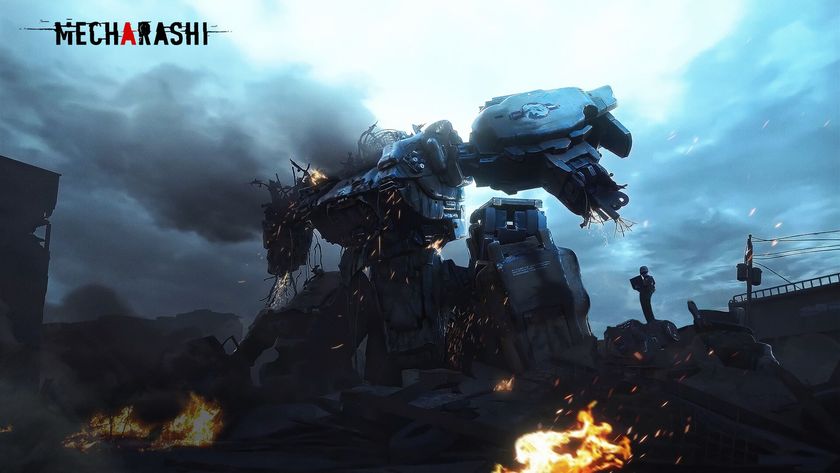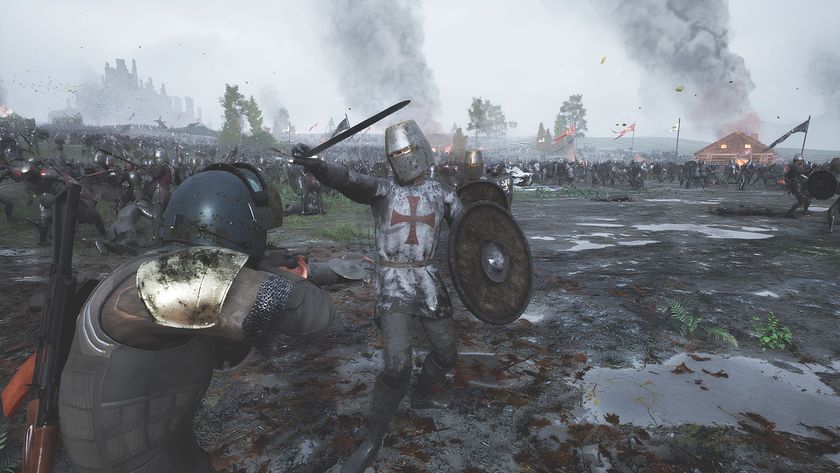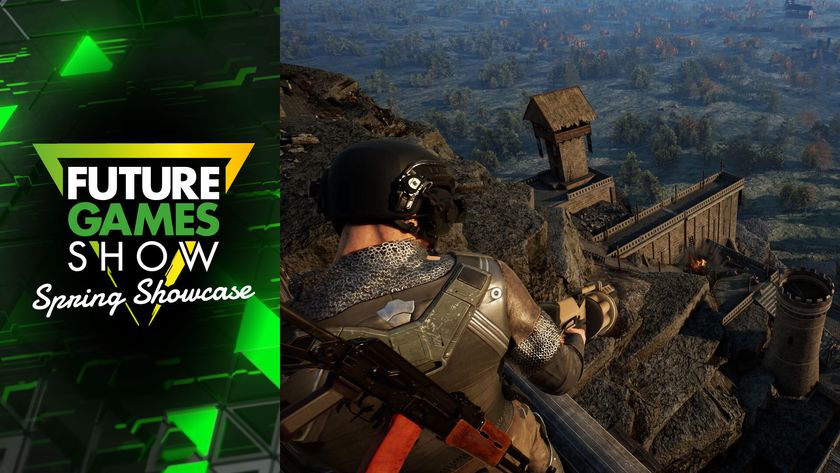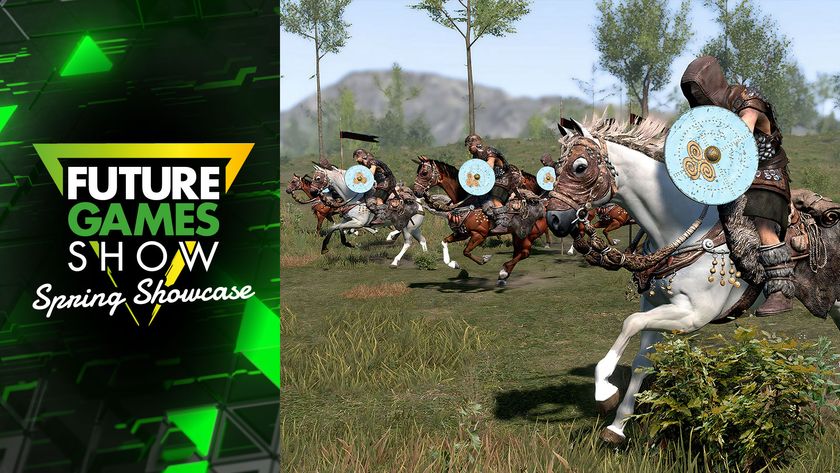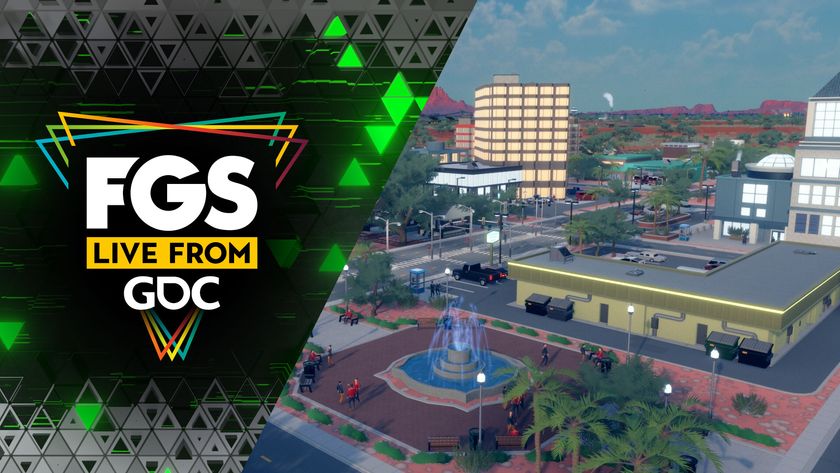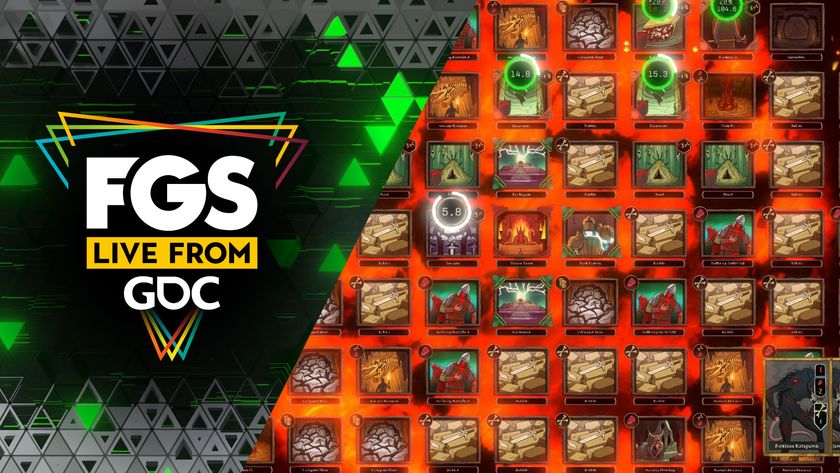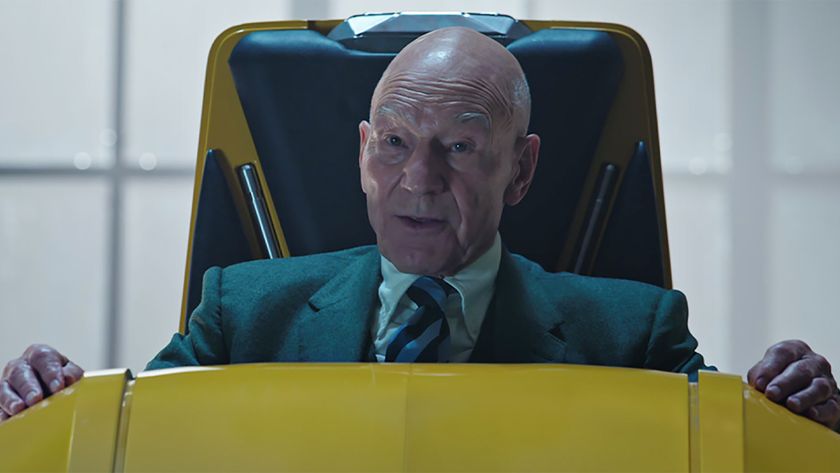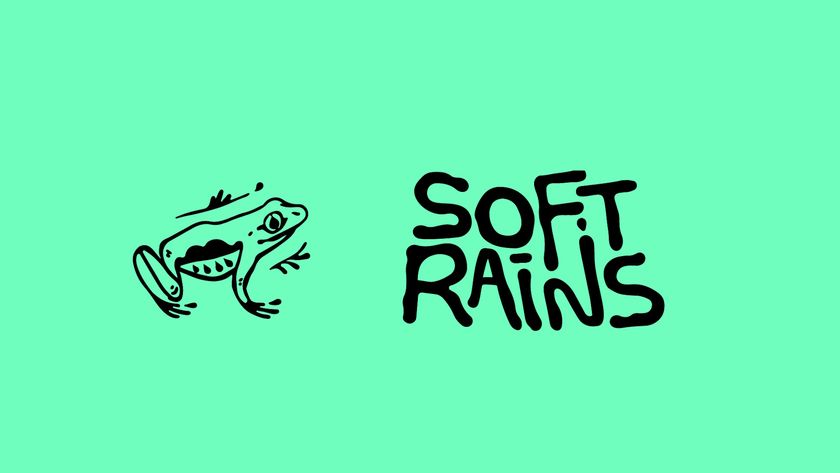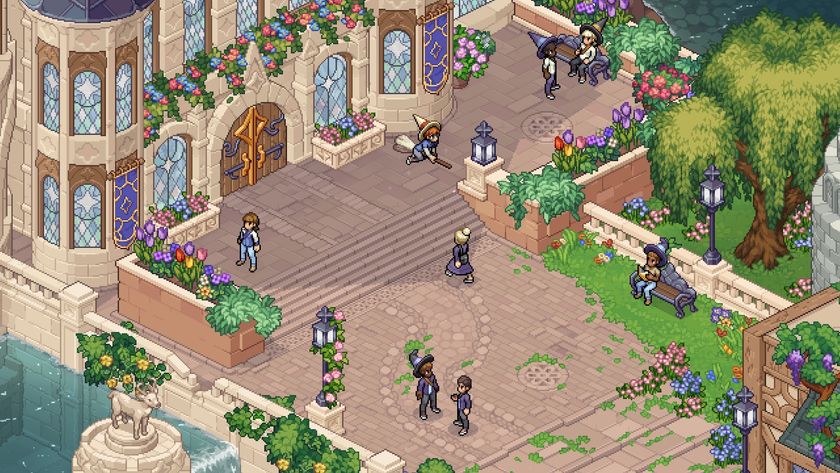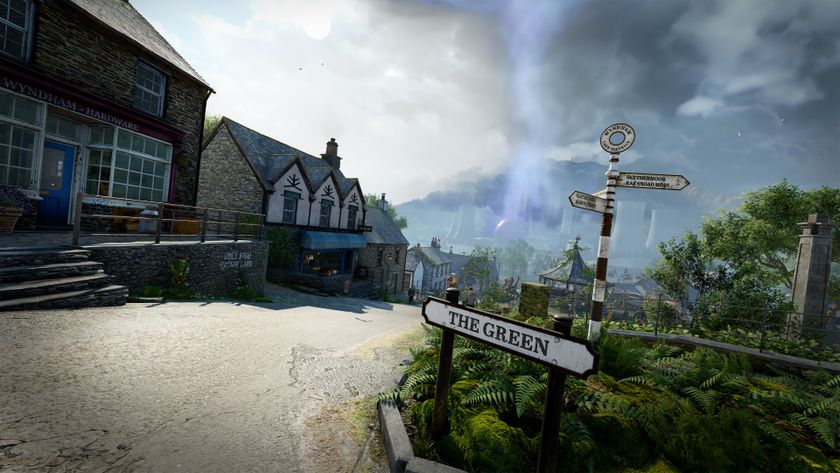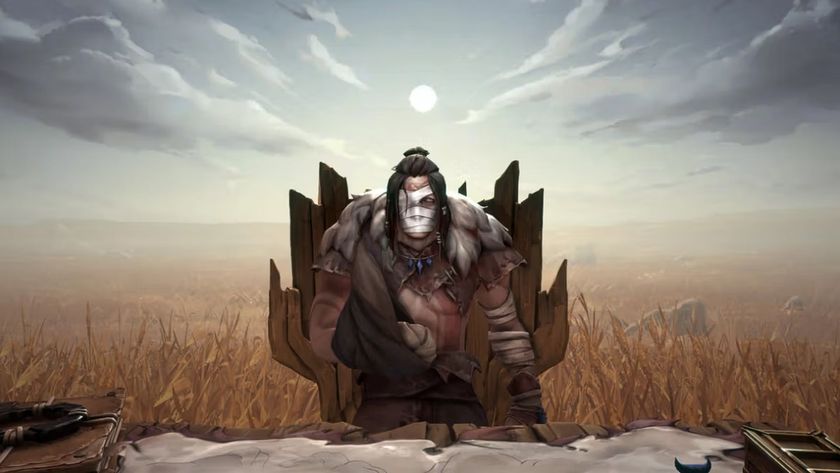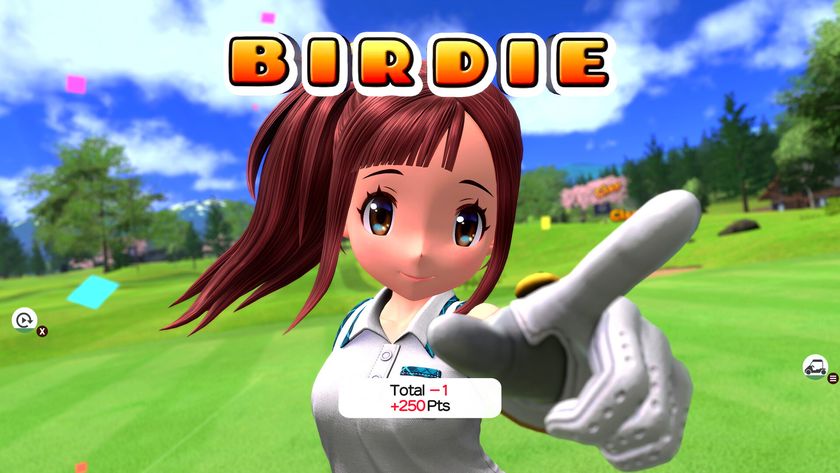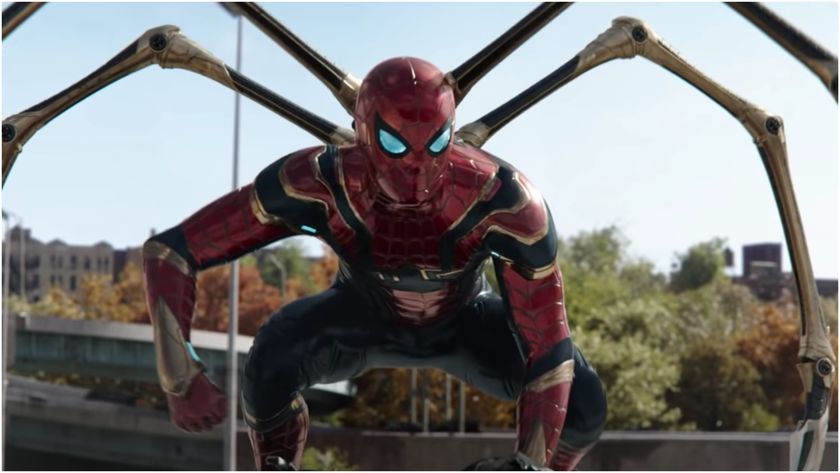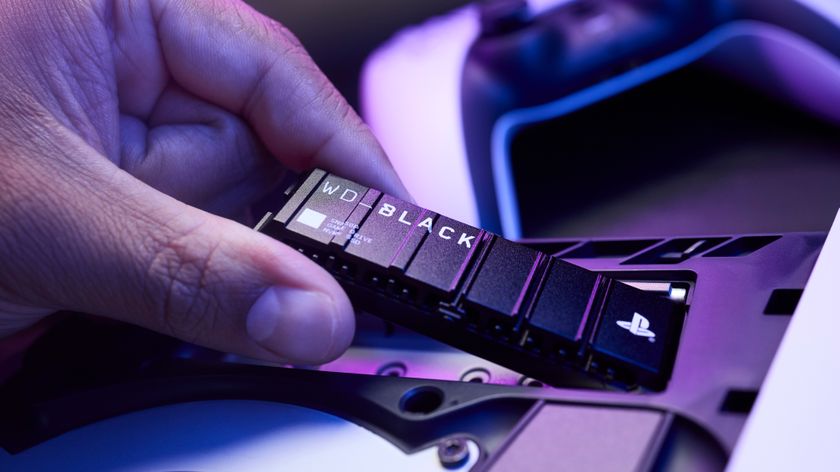I've never played Fire Emblem, where's the best place to start?
Video games have their share of long and storied franchises. But around the seventh or eighth sequel, it can be difficult for newcomers to know where to start. These guides on where best to start with popular game series will point you in the right direction. Maybe you'll find a new favorite.
You're playing Fire Emblem Heroes on your phone right now, aren't you? It's a good time-killer, I grant you that. And the reworked art is gorgeous to look at. But if you've never played a proper Fire Emblem, Heroes should act as your gateway and the first step on a grander journey.
If you want to see what made the series so special in the first place, set Heroes aside for now and pick up 2003's Fire Emblem for the Game Boy Advance.
The game assumes you've never played Fire Emblem. While this game is actually seventh in the Fire Emblem series, it's the first one to land in the West. Appropriately enough, the game opens with an exhaustive tutorial campaign that eases you into the the nuances of this tactical, turn-based RPG. During this time, any party members who fall in battle are only temporarily removed from your game. Once you finish the tutorial and start the campaign proper, those fallen units will return as if nothing happened.
Fire Emblem is a challenging and engrossing game. This is what really sets this game apart from the casual play of Heroes. Fire Emblem is hard - damn hard, I tell you - but that difficulty builds up in a way that feels both smooth and natural. It's restrained in a way that allows you to customize the difficulty, but uses those limitations to create a finely-created trio of campaigns that'll push your tactical prowess to its limits.
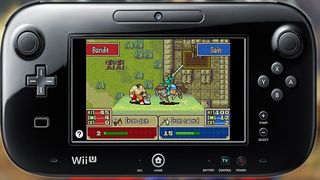
The writing is sharp and succinct. Strong characterization has always been at the heart of Fire Emblem, and this one has some of its best. Since you're not playing OkCupid on the battlefield, there's actually less chatter than more recent Fire Emblem games, but what conversations do unfold are so sharp they speak volumes with just a few lines. The story opens on Lyn - a young warrior set upon by bandits - before shifting to Eliwood (Roy's father), wise-cracking Hector, and their pursuit of the Black Fang. It's your typical swords and sorcery flair, and is more of a backdrop for experiencing the motivations and personality of your party.
Fire Emblem's timeless sprite work adds personality. Okay, I'm a sucker for meticulously detailed, 2D pixel art - and Fire Emblem has some of the best. The game's attack animations - which you'll be seeing a lot - have a terrific sense of weight and anticipation to them. Even the simplest strikes feel as if they're crashing down upon the victim, while still being brief enough as to not interrupt the flow of battle. A million tiny details - such as the movement of cloth or the way a rider pats their horse - really makes these animations stand apart from their contemporaries and give the game a timeless aesthetic.
Sign up to the 12DOVE Newsletter
Weekly digests, tales from the communities you love, and more

Even the simplest strikes feel as if they're crashing down upon the victim, while still being brief enough as to not interrupt the flow of battle.
Once you finish Fire Emblem, where should you go next? I can safely assure you that, if you finished (or nearly finished) the game, you're more than equipped to take on any of the more recent Fire Emblem games. But if you want to stick with the older ones, consider:
Fire Emblem: The Sacred Stones (GameBoy Advance) This is basically more of what you got in Fire Emblem, with a few new, and far-reaching, adjustments. Chief among these are the arenas where you can grind for experience, as well as new branching development tress for your characters.
Fire Emblem: Path of Radiance (GameCube) This game - and its sequel, Radiant Dawn - are widely considered some of Fire Emblem's best (even if their 3D visuals look a bit... dated today). A strong supporting cast and complex stage layouts push these games to the top of many Fire Emblem fan's list, and it also gives the origins for Smash Bros. alum Ike.
